Ok, so this blog has some lessons in history included. Just a warning to all you people out there who’ve already had too much of school, despite the fact that it’s only just started. It’s a pretty cool history story, and I’ll try to keep you interested. If I’ll succeed is another thing, but I need something to keep me interested don’t I?
So a couple of years ago, I’m not sure how many, but it wasn’t in ancient times, and it wasn’t the other day so I guess you could say ‘the olden days’ as in the, ‘they didn’t have internet when I grew up in the olden days’ speech coming from your parents or quite possibly the ‘When I grew up in the olden days we didn’t have toilets inside the house’ speech coming from your grandparents, or maybe just the universally known one ‘The young people today are just not like the kids in the olden days. We were respectable back then!’ I guess it could possibly also have been in the olden days as in, ‘We didn’t have cars when I grew up, We had to hitch up the wagon whenever we wanted to go anywhere.’ And I’m not quite sure who’d be giving that speech as I’ve never received it, but probably some ancient family member that is well beloved.
Anyway, there were cars, so it wasn’t that long ago.
The story starts in Norway where some gentleman decided that the people who populated Polynesia had to have come from South America because of a lot of reasons but the main one being (as far as I could tell) the religion and culture similarities. But everybody else said that the Chinese populated Polynesia… Thor Heyerdahl, our subject of study today, was highly humiliated as people refused to believe him. He thus decided to prove it, gathering together a team of crazy people hungering for adventure.
So what did he need to do to prove everybody else wrong? Well, he had to reach the Polynesian islands equipped only with what South American Indians would have had back when people estimated they had taken the jump.
He and his team proceeded to go to South America and had a mini adventure right there trying to get the right wood to make the rafts out of. The newspapers were all over them by the time they actually stocked up the raft and left, almost leaving a crew member behind and getting a parrot as a departing gift from some random native in the chaos of trying to get away. The Port captain had told them that he didn’t think their boat was very seaworthy and that it would sink within the first week, but they ignored him of course, being the stubborn Norwegian men that they were.
With them they did not just take the coconuts and other supplies that the long gone natives would have had, but also a radio and some other complicated stuff meant for safety.
Now, not one of these five men were experienced sea men or really knew about this sort of thing. Four of them were Norwegian and the other one was Swedish. They didn’t go at a tremendous speed but they were going. An airplane flew out after them to say a last goodbye, and they communicated over the radio, but despite all this, the airplane never saw them as they were too small and flat against the water, which just goes to show that even if they did have the option of being saved at any time in their voyage they wouldn’t have had much of a chance. So the airplane left.
They were now on their own for a two month journey to Polynesia, with no engine or hope for help if they sank or ran out of supplies or something.
The tinned food they brought with, soon rusted open and got contaminated as they continually got washed over with salt water. They were always wet and honestly I have no idea how the radio stayed fine, but it did because later in the journey they actually managed to talk to people in Norway.. They survived by catching fish –mainly Mahi-Mahi, who are quite wild but delicious- they liked swimming but were deathly afraid of sharks, whom they caught and killed for fun for some reason. I think the whole idea was to cleanse the water around them of sharks, but that logic doesn’t make much sense to me since the blood from the dead shark would only attract more sharks and to kill the entire ocean’s population of sharks is pretty impossible for just five men on a random raft in the middle of the ocean.
Their little raft ended up becoming a little ecosystem of its own as seaweed grew along the bottom. This created shelter for little fish, which created a reason for bigger fish like Mahi-Mahi to come closer, which resulted in Thor and his friends never having to fear starvation.
I’m not going to recount the whole story. You can go and read his (Thor Heyerdahl’s) book if you really want to know. But the really important part of this story is that when they finally did reach Polynesia (they almost missed it) it was on a little atoll named Rarioa. Of course, as a boy my Dad having heard of Thor’s adventures had found the idea so romantic and awesome that we had to stop there. My Mom read the book to us on the way there and we went to the exact little island where they landed.
Oh dear! I completely forgot to mention that they named the Raft Kon-Tiki after some important historical member who featured both in the South American stories and in the Polynesian stories but with a slightly different name. So they named their little island Kon-Tiki. And we went over there to explore it too.
Now I don’t know if you know, but an atoll is a round circle of coral. But not all the coral sticks out of the water, those that do catch coconut husks and stuff which ferment into dirt and sand and thus they become ‘little islands’ that is what I was talking about.
Ok. So that was pretty cool. I think I can end my blog off here. It wasn’t really about us. But it was a rather interesting bit of history retold by Karin Jnr. It wasn’t told very well, but it filled another blog so I think it’s good enough. 😊

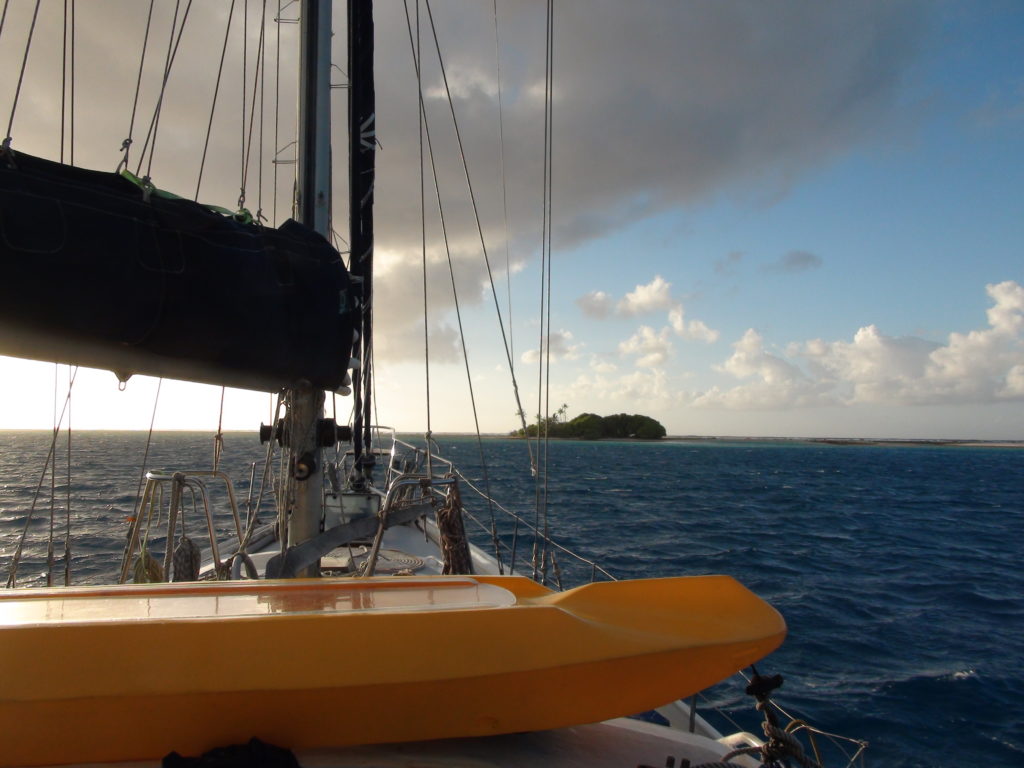
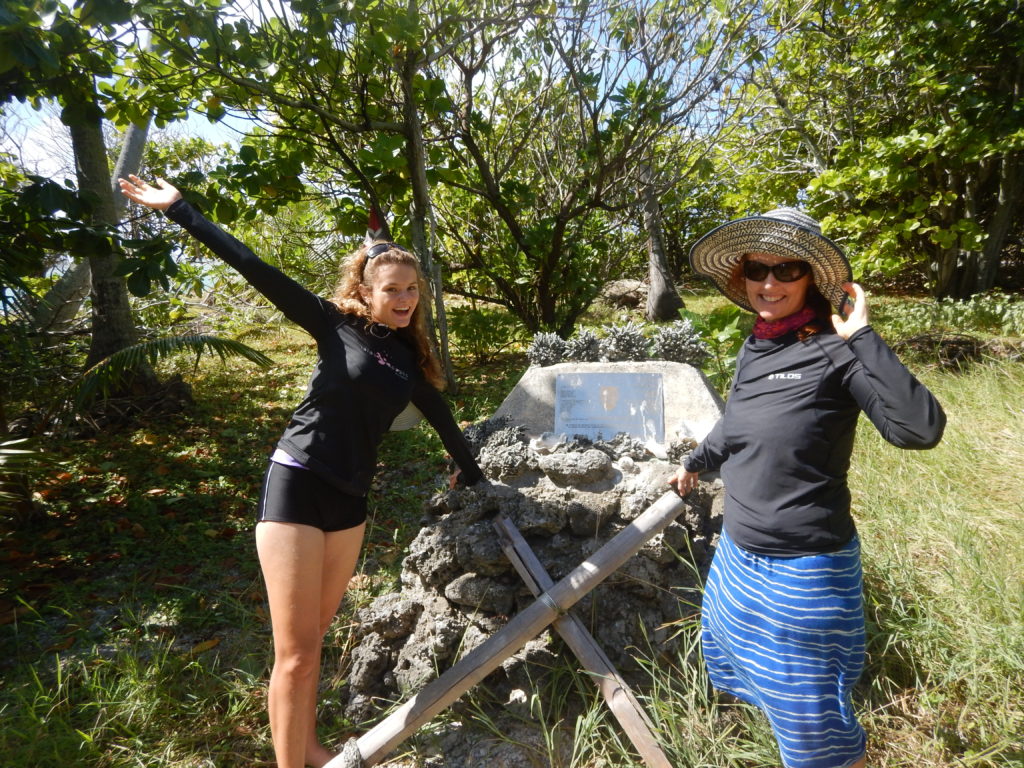
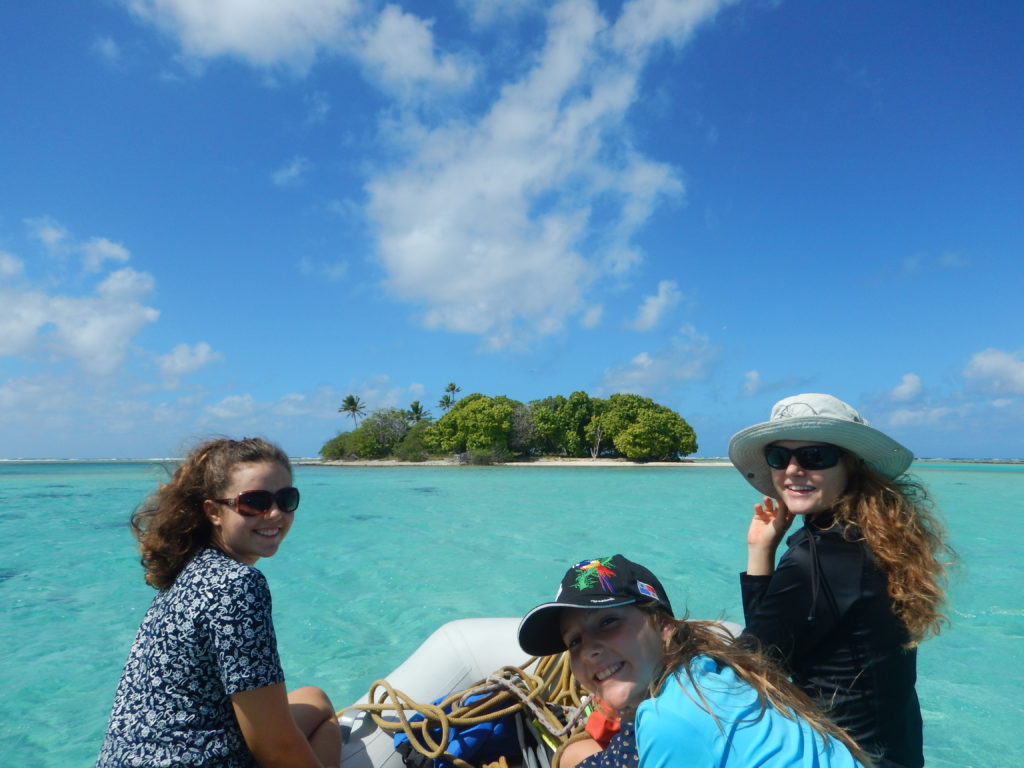
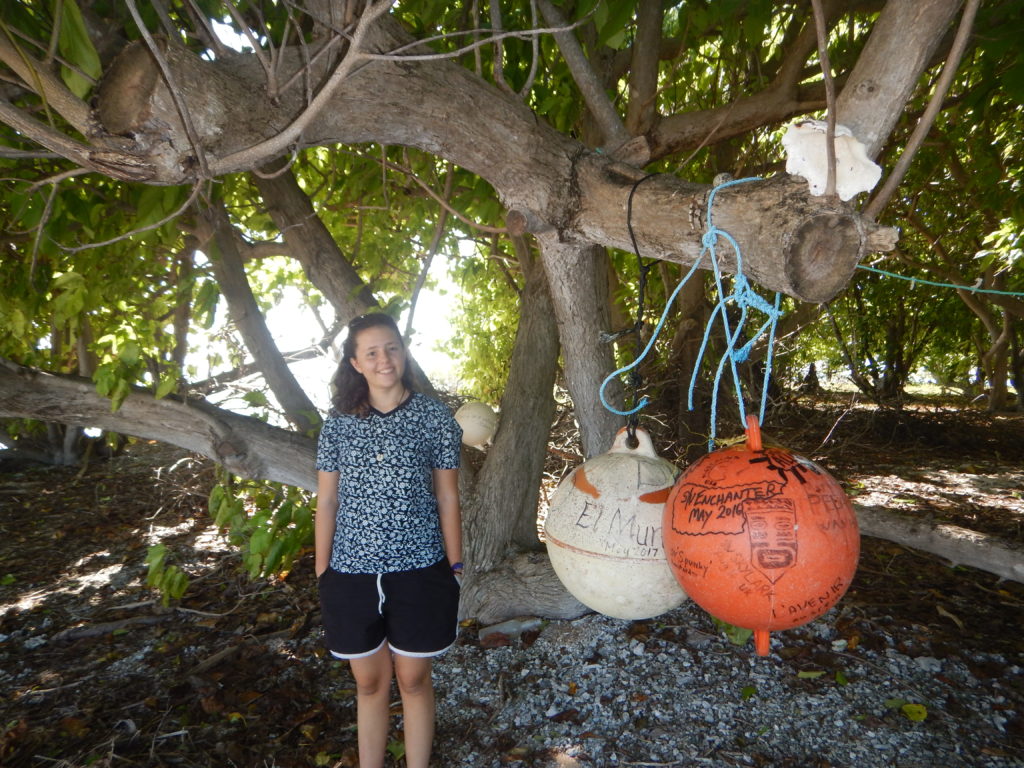
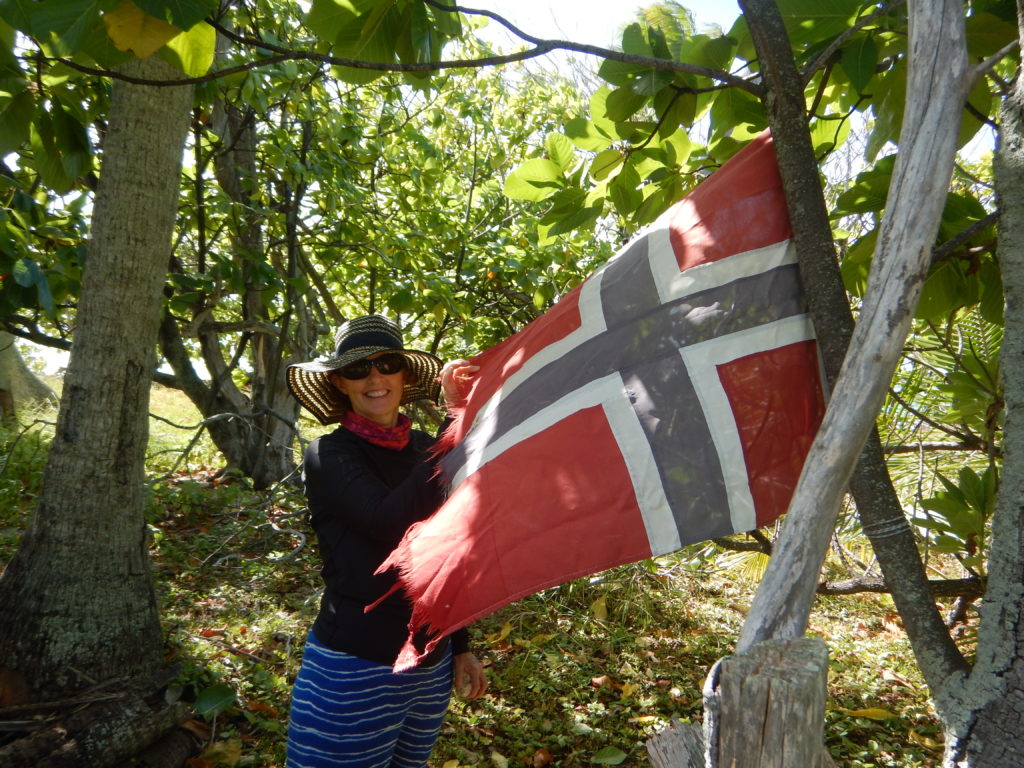
Recent Comments